
Collector Alan Laughton. “Back in the 80’s I was also a stamp collector, so collecting came natural. But for computer games, there was a scarcity of games for the Microbee at the time, so one collected everything you could, be it a type-in, public domain, downloaded from a RBBS, swapped with a friend, etc.”
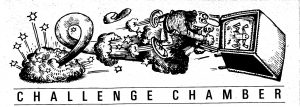
Showcasing gaming achievement was important for many game fans. Home computer fans had no public leader boards like those enjoyed in the arcades but magazines once more came to the rescue of Australian micro computer gamers. Each month with the pages of the Australian edition of PC Games, gamers were invited to send their high scores in ‘Challenge Chamber’.
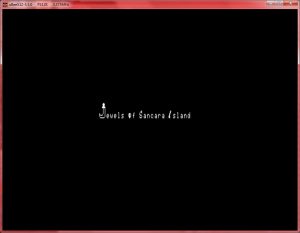 Forgotten what amused your 12 year old self? Rediscover the pleasure of school boy gags and code with this lost game of the 1980s. Matthew Hall‘s Microbee adventure game the “Jewels of Sancara Island” had survived the last thirty or so years as a Turbo Pascal...
Forgotten what amused your 12 year old self? Rediscover the pleasure of school boy gags and code with this lost game of the 1980s. Matthew Hall‘s Microbee adventure game the “Jewels of Sancara Island” had survived the last thirty or so years as a Turbo Pascal...
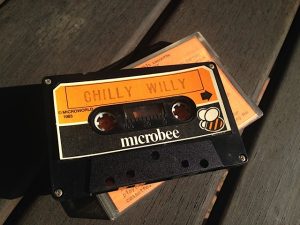
I’ve been making games for a while and what got me into games as a kid was a visit to the Lismore Show. I grew up in rural NSW and a trip to the Lismore Show was a big event – it was basically lots of cows and horses and ferris wheels. A number of tents were set up to show off different things and in one of the tents was a computer exhibition. In the exhibition they had a PET computer running a game called “Colossal Cave”, which was written by Crowther and Woods.

The Microbee was an Australian computer designed, built, and marketed by Applied Technology, in Gosford, N.S.W. Originally released in February 1982, it was intended for the schools market but also had a wide and deep following amongst home users. A considerable amount of software was published locally for the Microbee, through Honeysoft. Many titles were games.
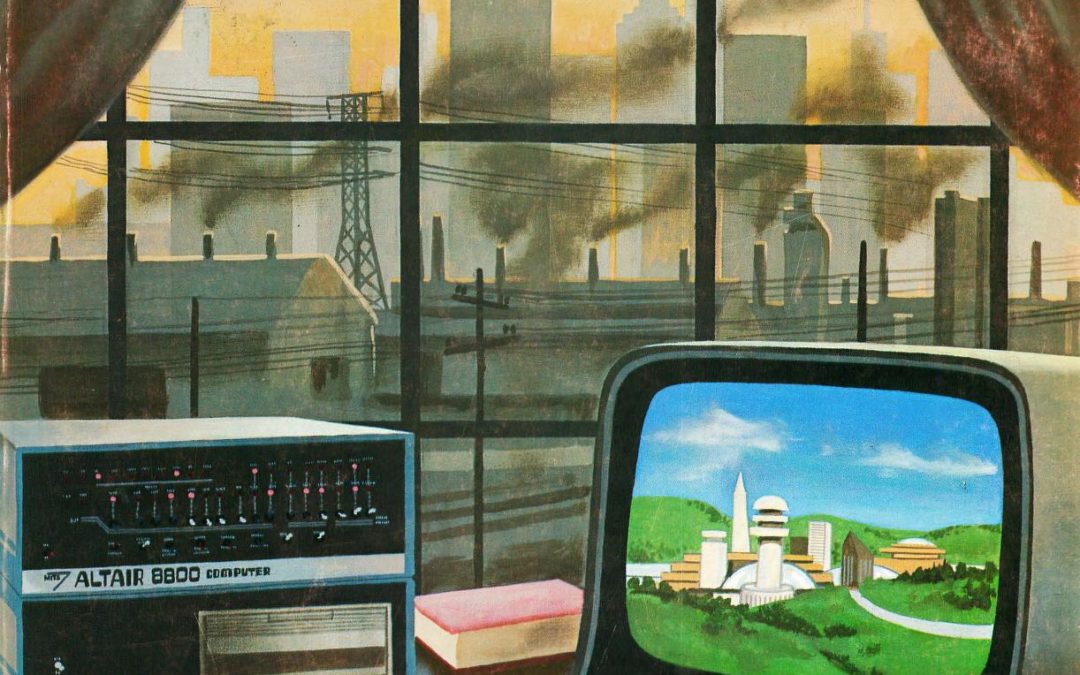
In the long 1980s decade, some hardly souls in both New Zealand and Australia built their own computers.
New Zealand Microcomputer Club legend, Selwyn Arrow, recalls building his first computer (or part thereof):
It was either Christmas 77 or 78, more likely 1978…A copy of Byte magazine arrived…I read it twice, including all the ads. It just opened up a whole new world…

This month, we are discussing local scenes and themes, on both sides of the Tasman. To kick things off, I figured the New Zealanders might enjoy a laugh at some cringeworthy Australiana…

Bunyip Adventure” is a conventional text adventure that is set in outback Australia. The top half of the screen displays your current static position. The bottom half logs dynamic events. The aim is to catch the Bunyip, a creature for Australian Aboriginal mythology that lives in the still water of a billabong. The game features a host of other references to Australian flora, fauna and folklore:
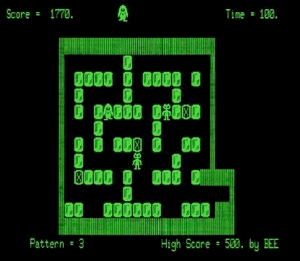
Passfield was in year 9 at school and spent his time playing “Pengo”at the tiny local arcade. He loved playing the game but it cost 20c a play so he thought he would have a go writing a version that he could play for free on the Microbee at home. He spent weeks programming it getting it working just right. It was not an exact copy of the arcade game as he changed the levels about and added his own embellishments to the gameplay.

This is an arcade game that is bound to make anyone smile. You are a knight flying on a magic emu and you joust with the dreaded vulture knights. You flap your emu’s wings to fly and you must pounce upon a vulture knight from above face-on. He turns into an egg. If you don’t eat the egg, it hatches and turns into a more cunning knight.
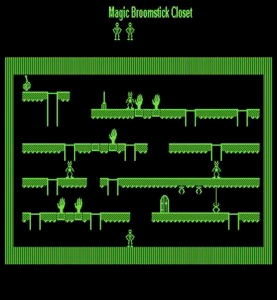
“Halloween Harry”, according to creator John Passfield’s blog, was ‘inspired by “Ghostbusters”‘. The game is set in the 21st century, and features Harry, a ghost hunter, facing off against all sorts of evil across 13 levels. Essentially, it is a platform shooter with some puzzle-solving elements, set on a single screen.

In “Hoards of the Deep Realm”, you are the hero who must retrieve stolen treasures hoarded in the underground caverns of the Deep Realm. During play, you must dodge and out-manoeuvre the fiery wraiths that guard these treasures

Matthew Hall‘s Microbee adventure game the “Jewels of Sancara Island” had survived the last thirty or so years as a Turbo Pascal listing has been resurrected by Alan Laughton from the Microbee Software Preservation Project. Hall was 12 years old when he wrote “Jewels of Sancara Island” at a school computer course. He used as his guide the book “Creating Adventures on your Commodore 64”. He explains “it was an adventure game, following the standard themes of the time. You wash up on a mysterious island. You have to find the jewels of Sancara Island and escape!”.
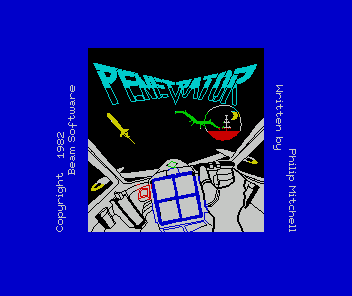
The tastefully named “Penetrator” was one of Beam Software’s earliest games. Designed for the ZX Spectrum by Philip Mitchell and Veronika Megler the game is a clone of Konami’s popular 1981 arcade game “Scramble”. A sideways scrolling shooter “Penetrator” recreates “Scramble”’s challenges of flying and shooting…














